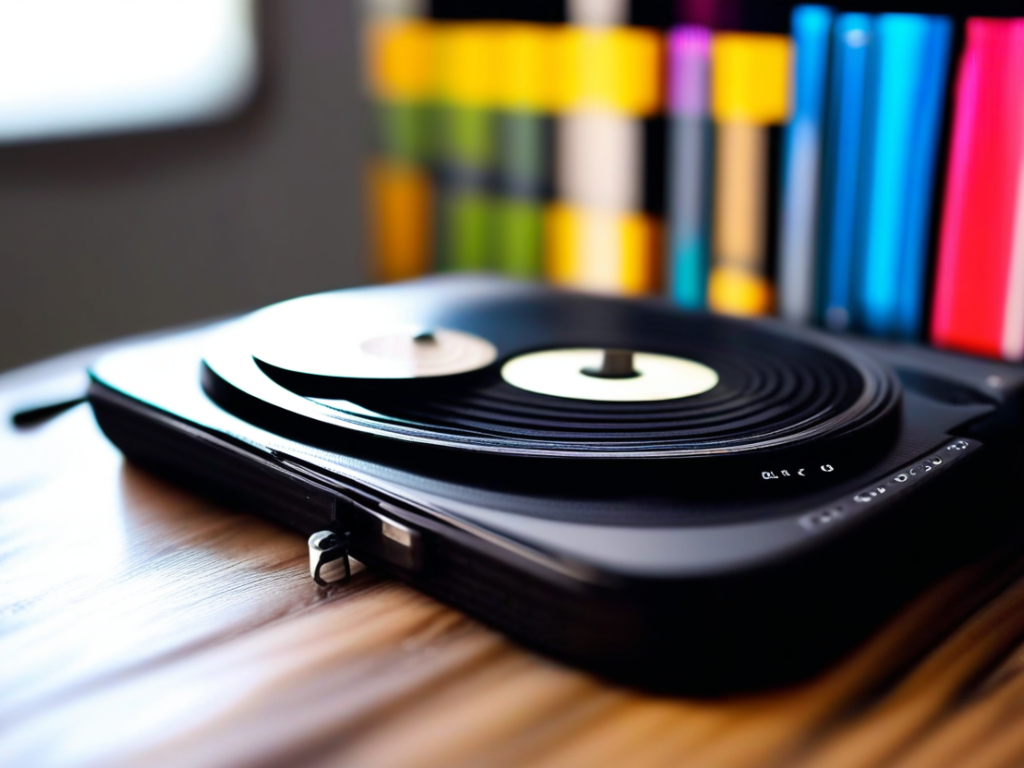Imagine having a vast collection of music at your fingertips, ready to be enjoyed at any moment. Whether you’re an audiophile with a meticulously curated library or a casual listener with a mix of genres, organizing your songs on a music player can significantly enhance your listening experience. Efficiently managing your music not only makes it easier to find and play your favorite tracks but also allows you to discover new music seamlessly. In this guide, we’ll delve into tips for maximizing your music library by effectively organizing your songs on a music player.
In this article you will find:
- 1. Tagging and Metadata
- 2. Folder Structure
- 3. Playlists and Smart Playlists
- 4. Album Artwork and Visual Enhancements
- 5. Regular Maintenance and Backups
- 6. Integration with Streaming Services
- Conclusion
1. Tagging and Metadata
Start by ensuring that your music files have accurate and consistent metadata. Tags such as artist name, album title, track number, and genre help categorize your songs effectively. Utilize music management software like MusicBee, iTunes, or mp3tag to batch edit tags and update metadata across your library.
2. Folder Structure
Creating a logical folder structure for your music library can simplify navigation. Organize your songs based on genres, artists, albums, or personal playlists. For example, you can have main folders for genres (e.g., Pop, Rock, Electronic) with subfolders for individual artists or albums within each genre.
3. Playlists and Smart Playlists
Take advantage of playlists to curate custom collections of songs for different moods or activities. Create themed playlists like “Chillout Vibes” or “Workout Energy” to suit your listening preferences. Additionally, explore smart playlists that auto-populate based on criteria such as recently added songs or top-rated tracks.

4. Album Artwork and Visual Enhancements
Add visual appeal to your music library by ensuring each album has high-quality artwork. Many music players display album covers while playing songs, enhancing the overall listening experience. Tools like bliss or Album Art Downloader can help you find and update missing album artwork.
5. Regular Maintenance and Backups
Keep your music library organized by periodically cleaning up duplicate tracks, fixing missing files, and updating outdated metadata. Regularly back up your music collection to prevent data loss and ensure that your carefully curated library is safe and secure.
6. Integration with Streaming Services
Explore music players that offer integration with popular streaming services like Spotify, Tidal, or Apple Music. By combining your local library with streaming catalogs, you can access a vast array of music seamlessly within a single interface.
Conclusion
By implementing these tips for organizing your music library on a music player, you can elevate your listening experience and make the most of your digital collection. Whether you prefer meticulous organization or effortless discovery, a well-curated music library enhances your enjoyment of music, unlocking a world of sonic possibilities at your fingertips.

